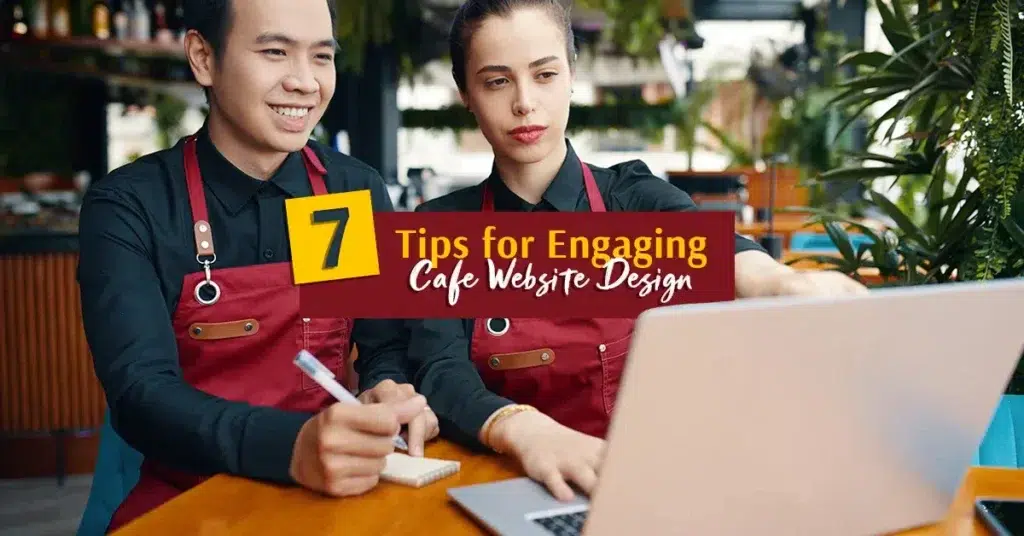
A well-designed cafe website can transform a casual browser into a loyal customer. Imagine walking into a cafe with a cosy atmosphere, delightful aromas, and friendly staff. A cafe website design should evoke the same feelings. Does your current website capture the essence of your cafe? If not, you might miss out on attracting potential customers.
High-Quality Photos in Cafe Website Design
Importance of Visual Appeal
Professional photography can transform a cafe website from ordinary to extraordinary. High-quality images capture the essence of your cafe, and fantastic food photography can significantly enhance its visual appeal.
A professional photographer knows how to highlight the best features. The right lighting and angles can make a big difference. Customers will feel the vibe of your cafe just by looking at the photos.
Professional Photography
Investing in professional photography pays off. A skilled photographer can showcase your cafe’s unique atmosphere. Professional photos create a strong first impression. Customers will be more likely to visit your cafe. The investment in quality images can lead to increased foot traffic.
Showcasing Menu Items
Showcasing menu items with high-quality photos can whet the appetite of potential customers. Mouth-watering images of dishes can entice visitors to try your offerings. Clear and vibrant photos can make the food look irresistible.
Each dish should look as good online as it does in person. This visual appeal can drive more orders and visits. High-quality photos can also highlight Italian-style coffee drinks, attracting customers interested in authentic Italian coffee experiences.
Consistent Branding
Consistent branding helps build a recognisable identity for your cafe. The design of your website should reflect your cafe’s personality. Every element should work together to create a cohesive look. This includes the colour scheme and logo placement. Consistency makes your brand memorable.
Colour Scheme
Choosing the right colour scheme is crucial. Colours evoke emotions and set the tone for your cafe. Warm colours like red and orange can create a cosy atmosphere. Cool colours like blue and green can convey calmness. Your colour scheme should match the vibe of your cafe. Consistent use of colours strengthens your brand identity.
Logo Placement
Logo placement plays a vital role in branding. Your logo should appear prominently on your website. The top left corner is a common choice. This placement ensures that visitors see your logo immediately. Consistent logo placement across all pages reinforces brand recognition. A well-placed logo can leave a lasting impression.
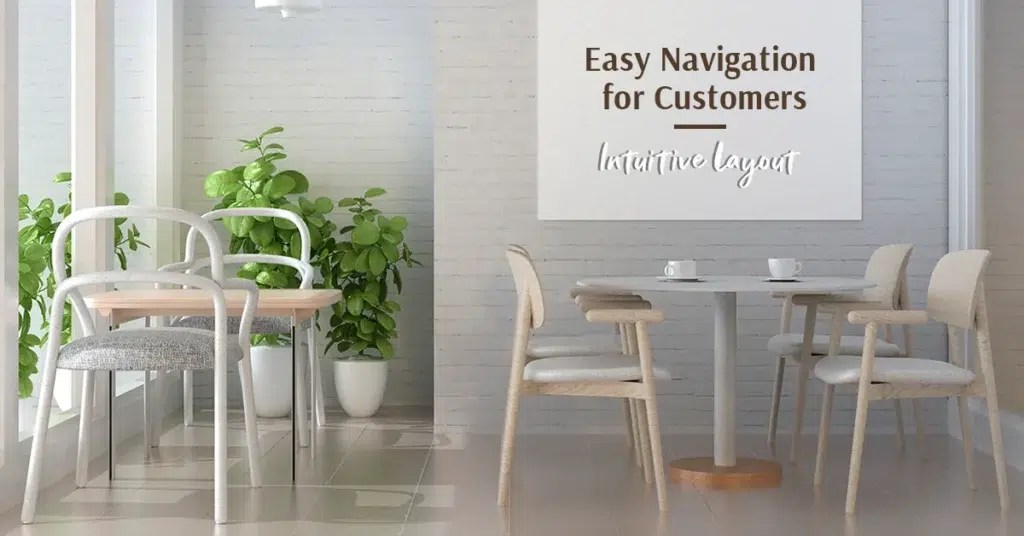
Easy Navigation for Customers
User-Friendly Interface
A user-friendly interface makes browsing your cafe website a breeze. Customers should find everything they need without hassle. A clear menu structure helps visitors locate information quickly. An intuitive layout guides users effortlessly through the site.
Clear Menu Structure
A clear menu structure organises your website’s content logically. Categories should be easy to understand. Each section must have a distinct label. Avoid clutter by limiting the number of menu items. A streamlined menu enhances the user experience.
Intuitive Layout
An intuitive layout ensures visitors navigate your site with ease. Place important elements where users expect to find them. Use familiar icons and buttons. Consistent design patterns create a seamless journey. An intuitive layout keeps customers engaged.
Quick Access to Key Information
Quick access to key information is crucial for customer satisfaction. Visitors want to find contact details and opening hours easily. Prominent placement of this information saves time and frustration.
Contact Details
Contact details should be visible on every page. Include your phone number, email address, and physical location. A contact form provides another way for customers to reach you. Ensure the information is accurate and up-to-date.
Additionally, offering online ordering can significantly enhance the customer experience by providing a convenient way to purchase coffee and food items for pickup or delivery.
Opening Hours
Display opening hours prominently on your website. Customers need to know when your cafe is open. Consider adding a special notice for holidays or events. Clear and accessible opening hours build trust and convenience.

Importance of Mobile-Friendly Design
A mobile-friendly design ensures a seamless experience for users on smartphones and tablets. Many customers browse websites on mobile devices. A responsive layout adapts to different screen sizes. This flexibility enhances usability and keeps visitors engaged.
Responsive Layouts
Responsive layouts, such as coffee shop landing pages, adjust automatically to fit any device. The content remains accessible and visually appealing. Users can navigate without zooming or scrolling excessively. A well-designed responsive layout improves user satisfaction.
Mobile Optimised Images
Mobile-optimised images load quickly and look sharp on smaller screens. Large images can slow down the website. Compressing images reduces load times. High-quality, optimised images maintain visual appeal without compromising performance.
Testing Across Devices
Testing across various devices ensures a consistent experience. Different devices may display the website differently. Regular testing identifies and fixes issues. This process guarantees a smooth user experience.
Cross-Platform Compatibility
Cross-platform compatibility means the website works well on all devices. Users should have the same experience on phones, tablets, and desktops. Consistent performance builds trust and encourages repeat visits.
User Experience on Mobile
The user experience on mobile should be intuitive and enjoyable. Simple navigation and clear calls to action enhance usability. Fast loading times and easy access to information keep users satisfied. A positive mobile experience can lead to increased customer engagement.
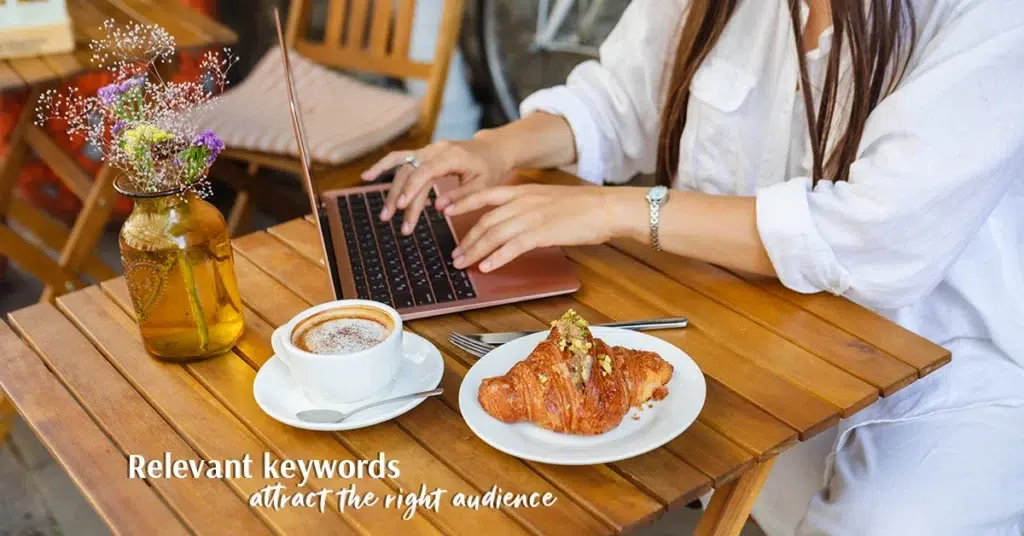
Search Engine Optimisation (SEO)
Keyword Research
Keyword research forms the backbone of SEO. Understanding what potential customers search for helps tailor content to meet their needs. Google offers tools to identify popular search terms.
Relevant Keywords
Relevant keywords attract the right audience. Focus on words and phrases that describe your cafe’s offerings, such as coffee shop websites. Google Trends can reveal what people search for most often. Incorporate these keywords naturally into your content. This strategy increases visibility and attracts more visitors.
Local SEO
Local SEO targets customers in your area. Use location-specific keywords to reach nearby patrons. Google My Business enhances local search results. Ensure your cafe’s name, address, and phone number appear consistently online. Local SEO helps drive foot traffic from nearby customers.
On-Page SEO
On-page SEO optimises individual web pages. This practice improves search engine rankings. Google considers various elements when ranking pages.
Meta Descriptions
Meta descriptions summarise page content. These snippets appear in Google search results. Write compelling meta descriptions to attract clicks. Include relevant keywords for better SEO. A well-crafted meta description entices users to visit your site.
Alt Text for Images
Alt text describes images for search engines. Google uses this text to understand image content. Include keywords in alt text for better SEO. Describe images clearly and accurately. This practice improves accessibility and boosts search rankings.
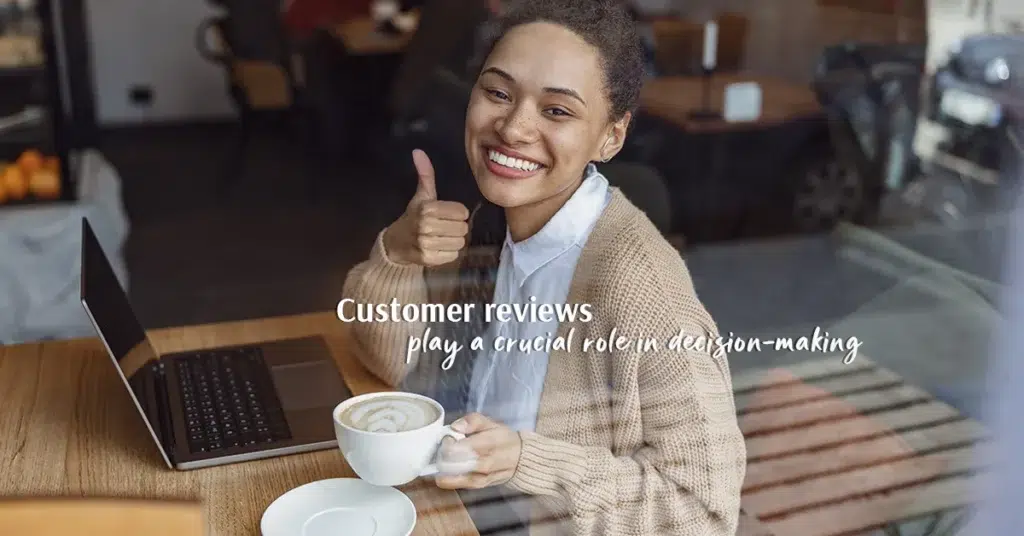
Customer Engagement
Interactive Features
Online Reservations
Online reservations simplify the booking process for customers. A clear and easy-to-find reservation button encourages visitors to book a table. This feature saves time and reduces the hassle of phone calls. Customers appreciate the convenience of booking online.
An efficient reservation system can attract more patrons to your cafe. Additionally, highlighting your espresso bar on the website can draw in coffee enthusiasts looking for high-quality espresso drinks and a vibrant atmosphere.
Customer Reviews
Customer reviews play a crucial role in decision-making. Positive reviews build trust and credibility. Displaying customer reviews on your website can attract new visitors. Encourage satisfied customers to leave feedback. Google reviews often influence potential customers’ choices. Highlighting good reviews can boost your cafe’s reputation.
Social Media Integration
Social Media Links
Social media links connect your website to your social profiles. These links allow visitors to follow your cafe on platforms like Facebook and Instagram. Social media presence helps engage with customers outside the website. Regular updates on social media keep your audience informed. Google also considers social signals in search rankings.
Live Feeds
Live feeds bring real-time updates to your website. Integrating live feeds from social media platforms keeps content fresh. Visitors see the latest posts, photos, and events directly on your site. This dynamic content can attract more engagement. Google values regularly updated content for better SEO performance.

Content Quality
Engaging Copy
Storytelling
Storytelling captivates readers and keeps them engaged. Share the journey of your cafe. Describe the inspiration behind the menu items. Narrate the history of your cafe’s establishment. Customers love a good story. A compelling narrative creates a personal connection. Rachel’s Coffee House is a great example of a cafe with a compelling story, showcasing its warm, home-like atmosphere and engaging menu.
Descriptive Language
Descriptive language paints vivid pictures in the minds of readers. Use sensory words to describe the aroma of freshly brewed coffee. Detail the texture of a flaky croissant. Highlight the vibrant colours of a salad. Descriptive content makes the experience tangible. Readers can almost taste the food through the screen.
Regular Updates
Blog Posts
Regular blog posts keep your website fresh and engaging. Share recipes, cafe news, and behind-the-scenes stories. Offer tips on brewing the perfect cup of coffee. Blog posts provide valuable content for your audience. Frequent updates signal to Google that your site is active. Fresh content boosts search engine rankings.
News and Events
Keep customers informed about upcoming events and special offers. Announce live music nights or seasonal menu changes. Share photos from recent events. Timely updates encourage repeat visits. Google values current content. Regular news and event updates improve your site’s visibility.
Blog Inclusion
Including a blog on your cafe website can be a game-changer. It not only attracts and engages customers but also boosts your website’s search engine optimization (SEO). Think of your blog as a platform to share your story, showcase your expertise, and build a community around your cafe.
Benefits of a Blog
A blog offers numerous advantages for your cafe website:
Establishes Thought Leadership: Position your cafe as a thought leader in the coffee shop industry.
Showcases Your Story: Share the journey and inspiration behind your cafe.
Builds Community: Foster a sense of community among your customers.
Improves SEO: Increase the amount of content on your website, making it more attractive to search engines.
Drives Traffic and Sales: Engaging content can drive more visitors to your site and boost sales.
Content Ideas for Cafe Blogs
Wondering what to write about? Here are some content ideas to get you started:
Recipes and Cooking Tips: Share your secret recipes and cooking tips.
Behind-the-Scenes Stories: Give a glimpse of what happens behind the counter.
Interviews with Staff and Suppliers: Introduce your team and suppliers to your customers.
Seasonal and Holiday-Themed Content: Create content around holidays and seasons.
Coffee and Food Pairing Suggestions: Offer tips on pairing coffee drinks with food.
Events and Promotions: Announce upcoming events and special promotions.
Customer Testimonials and Reviews: Highlight positive feedback from your customers.
By regularly updating your blog with fresh content, you can keep your audience engaged and improve your cafe website’s SEO.
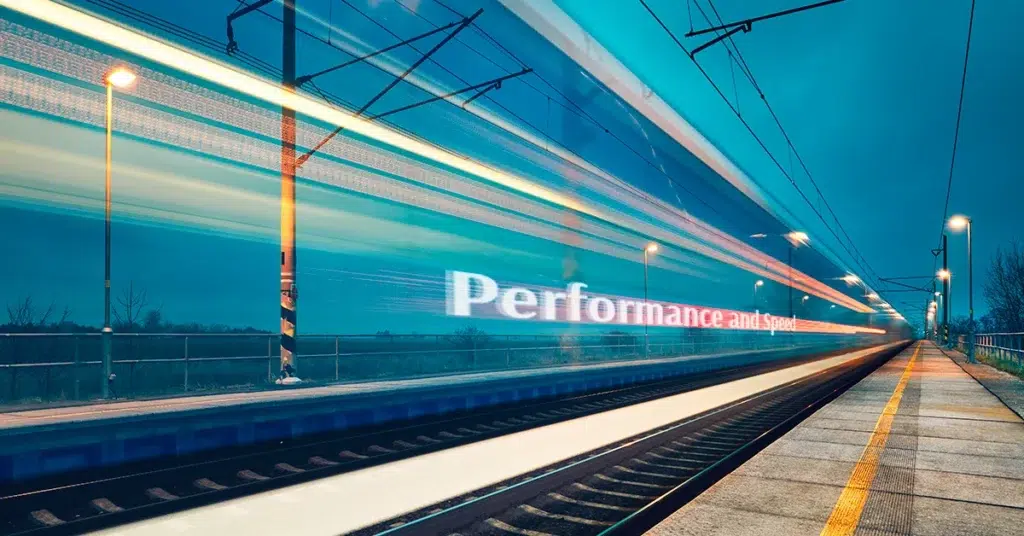
Performance and Speed
Fast Loading Times
Image Optimisation
Optimising images can significantly improve loading times. Large images slow down your website. Compressing images reduces file sizes without sacrificing quality. Tools like TinyPNG help achieve this. Smaller images load faster, enhancing user experience. Google favours websites with quick loading times.
Efficient Coding
Efficient coding ensures your website runs smoothly. Clean code minimises errors and speeds up performance. Avoid unnecessary scripts and plugins. Streamlined code reduces server load. Faster websites rank higher on Google. Regularly review and update your codebase.
Regular Maintenance
Software Updates
Keeping software updated is crucial. Outdated software poses security risks. Regular updates fix bugs and improve performance. Ensure your content management system (CMS) stays current. Updated software keeps your website running efficiently. Google rewards secure and well-maintained sites.
Security Checks
Regular security checks protect your website. Hackers target vulnerable sites. Implement security measures like SSL certificates. Regularly scan for malware and vulnerabilities. Secure websites build customer trust. Google prioritises secure sites in search results.
Analytics and Performance Tracking
Understanding how your cafe website is performing is crucial for making data-driven decisions. Analytics and performance tracking provide valuable insights into customer behavior and website effectiveness.
Importance of Analytics
Here’s why analytics matter for your cafe website:
Customer Interaction Insights: Understand how customers are interacting with your website.
Identify What Works: Gain insights into what’s working and what’s not.
Track Marketing Effectiveness: Measure the success of your marketing campaigns and promotions.
Optimize for Better Performance: Identify areas for improvement and optimize your website.
Inform Business Decisions: Use data to make informed business decisions and drive growth.
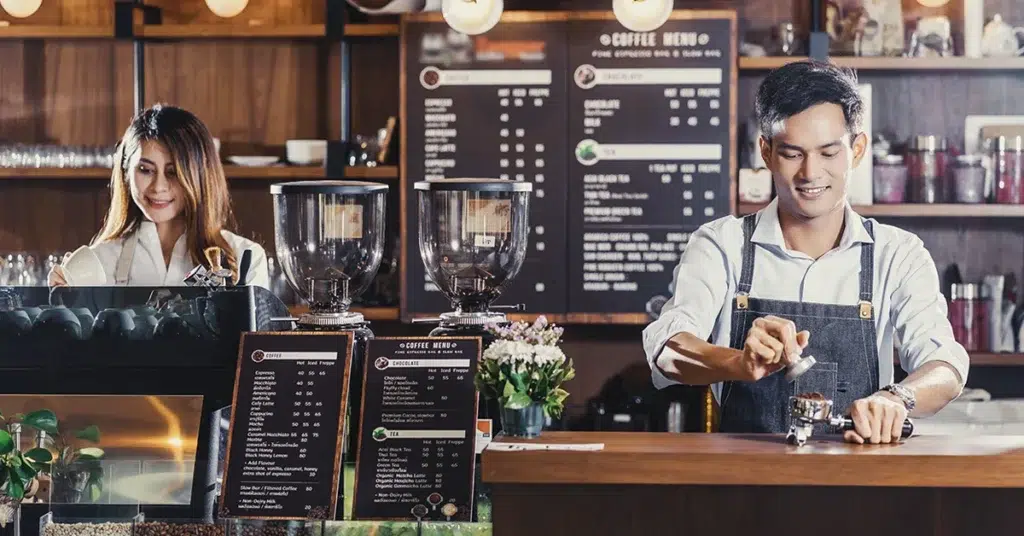
Coffee Shop Website Design
Captivating Coffee Shop Website
Creating a captivating Coffee Shop website involves unique design elements. Imagine walking into a Coffee Shop with quirky decor and aromatic brews. The website should reflect this charm. Use eye-catching graphics and playful fonts. A memorable design will stick in the minds of visitors.
Unique Design Elements
Unique design elements set your Coffee Shop apart. Incorporate illustrations of coffee beans or steaming mugs. Use textures that mimic the cosy feel of your shop. Interactive features like animations can add a touch of magic. These elements make the Coffee Shop website engaging and fun.
Consistent Branding
Consistent branding ties everything together. Use the same colour palette across the Coffee Shop website. Ensure the logo appears prominently on each page. This consistency builds a strong brand identity. Visitors will recognise your Coffee Shop instantly.
Understanding Your Target Audience
Understanding your target audience is crucial for effective Coffee Shop website design. Know who visits your Coffee Shop. Cater the content to their preferences. This approach ensures the website resonates with potential customers.
Customer Preferences
Customer preferences shape the Coffee Shop website. Do your customers love artisanal coffee? Highlight your specialty brews. Are they fans of cosy corners? Showcase the inviting seating areas.
Tailor the content to what your customers love. This personal touch makes the website more appealing. Additionally, emphasize your commitment to using organic coffee to attract those who prioritize quality and sustainability.
Online Behaviour
Online behaviour offers insights into what works. Use Google Analytics to track how visitors interact with the Coffee Shop website. Identify which pages attract the most attention. Optimise those sections for better engagement. Understanding online behaviour helps improve the user experience.
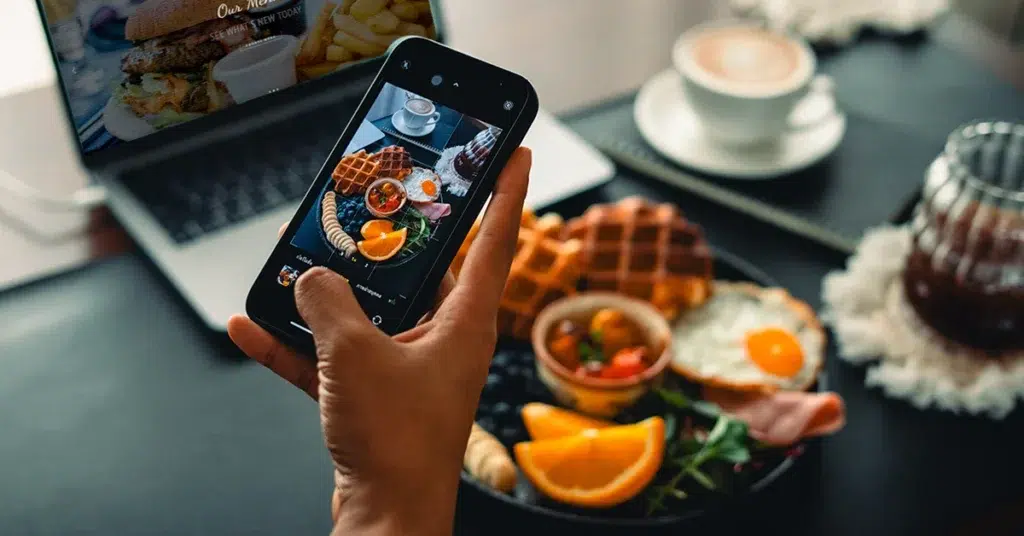
Good Restaurant Website Matters
Enhancing Customer Experience
User-Friendly Navigation
A good restaurant website matters because it enhances the customer experience. User-friendly navigation plays a crucial role in this. Visitors should find everything easily. Clear menus and intuitive layouts guide users effortlessly. A well-organised site keeps customers engaged and happy.
Appealing Visuals
Appealing visuals attract and retain visitors. High-quality images of dishes and the restaurant’s interior create a beautiful restaurant website design, much like how a coffee shop combines design aesthetics and menu offerings to craft a unique atmosphere. Appetizing colour schemes set the mood. Use vibrant photos to showcase the atmosphere. Appealing visuals make the website inviting and memorable.
Boosting Online Presence
SEO Strategies
Boosting your online presence requires effective SEO strategies. Google loves well-optimised websites. Focus on relevant keywords and local SEO. Use Google Analytics to track performance. Include meta descriptions and alt text for images. These restaurant website design tips improve search engine rankings.
Social Media Integration
Social media integration connects your website to a broader audience. Add social media links to your landing page. Live feeds keep content fresh and engaging. Google values regularly updated content. Social media integration enhances visibility and customer engagement.
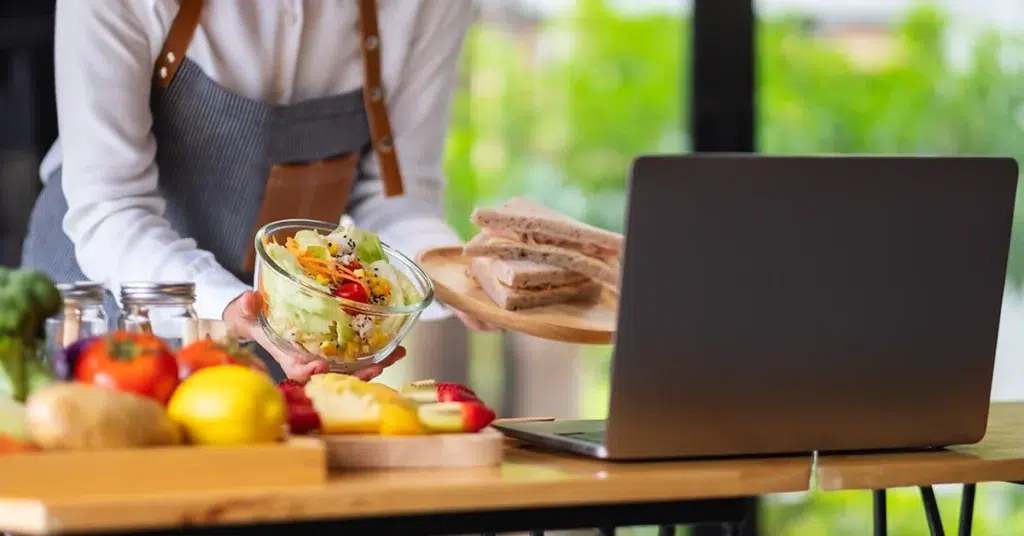
Mouth-Watering Restaurant Website
Showcasing Food and Atmosphere
A mouth-watering restaurant website must showcase the food and atmosphere effectively. High-quality images and engaging content play a crucial role in achieving this.
High-Quality Images
High-quality images capture the essence of your restaurant. Professional photos of dishes make the food look irresistible. Customers will feel tempted to visit your restaurant after seeing these images. Use a skilled photographer to highlight the best features of your menu items. Ensure the lighting and angles are perfect.
This attention to detail will create a strong visual appeal. Coffee roasters, for example, use high-quality images to showcase their unique brewing processes, enhancing the flavor and appeal of their offerings.
Engaging Content
Engaging content keeps visitors interested. Describe the flavours and textures of your dishes vividly. Share stories about the inspiration behind your menu. Use sensory words to make readers almost taste the food. Highlight the unique aspects of your restaurant’s atmosphere. This approach will create a personal connection with potential customers.
Encouraging Customer Interaction
Encouraging customer interaction is vital for a successful restaurant website. Online reservations and customer reviews enhance engagement.
Online Reservations
An efficient reservation system simplifies the booking process. Place a clear and easy-to-find reservation button on your website. Customers appreciate the convenience of booking a table online. This feature saves time and reduces the hassle of phone calls. A well-implemented reservation system can attract more patrons to your restaurant.
Customer Reviews
Customer reviews build trust and credibility. Displaying positive reviews on your website can attract new visitors. Encourage satisfied customers to leave feedback. Google reviews often influence potential customers’ choices. Highlighting good reviews can boost your restaurant’s reputation.
Recap
Recap the seven tips for engaging cafe website design. Use high-quality photos, ensure easy navigation, and optimise for mobile devices. Focus on SEO, customer engagement, content quality, and performance.
Implement these strategies to enhance your cafe’s online presence. A well-designed website attracts more customers and boosts business. Invest in professional photography and responsive design.
Prioritise fast loading times and regular updates. Engage with customers through interactive features and social media. Highlight the coffee movement as a cultural shift in your website design. Contact WDD Malaysia for more resources on improving your website. Let’s have a cuppa?




